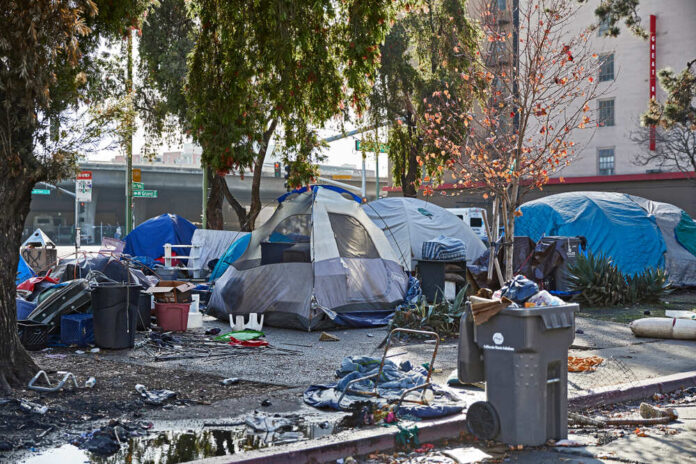
San Francisco, once known for its picturesque beauty and vibrant atmosphere, has unfortunately gained notoriety for a pressing issue that has plagued its streets—excessive amounts of human waste. In fact, the city has become synonymous with being the nation’s largest public toilet. A recent report from the city Controller’s Office sheds light on the severity of this problem and unveils some startling revelations.
Fecal Incidents: Unveiling the Dirty Truth. When it comes to identifying the locations with the highest concentration of feces, the report points to the areas of Nob Hill, the Tenderloin, and The Mission districts. These neighborhoods bear the brunt of this unsightly issue, with residents constantly encountering fecal matter along sidewalks, walls, and even in front of their own homes. One disgruntled Tenderloin resident, Joe Souza, expressed his frustration, stating, “It’s terrible; this street is covered. There’s poop everywhere. You always see it along the wall and in front of the garage there.”
Digging deeper, the report reveals that commercial sectors experience a more significant presence of feces compared to other areas. Approximately 50% of street segments in Key Commercial Areas and 30% in the Citywide survey reported fecal incidents, second only to broken glass as part of the “illegal dumping” issue. Interestingly, the definition of feces in this context also includes bags filled with waste that are not disposed of in designated trash receptacles. Additionally, any instances of spread or smeared feces on streets, sidewalks, or other objects along the evaluation route are taken into account. It is worth noting that stains related to feces that have been cleaned are not included in the tally, and bird droppings are excluded altogether.
Graffiti: A Tarnished Cityscape. The streets of San Francisco face an additional problem, which is the widespread presence of graffiti. According to a report, almost all neighborhoods in the city, except for Visitacion Valley, experienced top levels of graffiti the previous year. However, the issue seems to be more pronounced in commercial areas, where 71% of these areas reported severe or moderate levels of graffiti. In terms of the actual number of graffiti incidents, the Key Commercial Areas survey found approximately ten times as many instances compared to the overall city sample. Specifically, the survey recorded 160,000 instances of graffiti in the commercial areas, whereas the citywide sample reported only 16,000 instances.
The Broader Scope: Litter and Commercial Vacancies. While feces and graffiti capture significant attention, the report sheds light on additional challenges faced by San Francisco. Nearly two-thirds of key commercial routes reported moderate to severe street litter, in comparison to 41% of citywide streets grappling with the same issue. The accumulation of litter further contributes to the overall decline in cleanliness throughout the city.
These sanitation concerns come at a time when San Francisco is grappling with a high commercial office vacancy rate. A combination of pandemic-induced work-from-home policies and a rise in individuals seeking refuge from the city’s infamous violence and feces-covered streets has transformed the once-thriving metropolis into a ghost town.
Same
— Elon Musk (@elonmusk) May 24, 2023
Addressing the Sanitation Crisis: A Way Forward. Given the gravity of the situation, it is evident that swift action is required to tackle San Francisco’s sanitation crisis. Efforts should focus on multiple fronts, including increasing public awareness, enforcing stricter penalties for illegal dumping and vandalism, and enhancing sanitation infrastructure.
Raising awareness among residents and visitors about the importance of responsible waste disposal is crucial. Encouraging the use of designated trash receptacles and educating the public on the potential health risks associated with unsanitary streets can foster a sense of responsibility and ownership.
Additionally, imposing stricter penalties for those engaged in illegal dumping and graffiti vandalism can act as a deterrent. By enforcing consequences such as fines, community service, or even legal action, the city can send a clear message that such behaviors will not be tolerated.
Furthermore, investing in improved sanitation infrastructure is paramount. The city should consider increasing the number of public restroom facilities and trash bins, particularly in high-traffic areas. Regular cleaning and maintenance of these facilities will ensure that they remain functional, clean, and odor-free.














